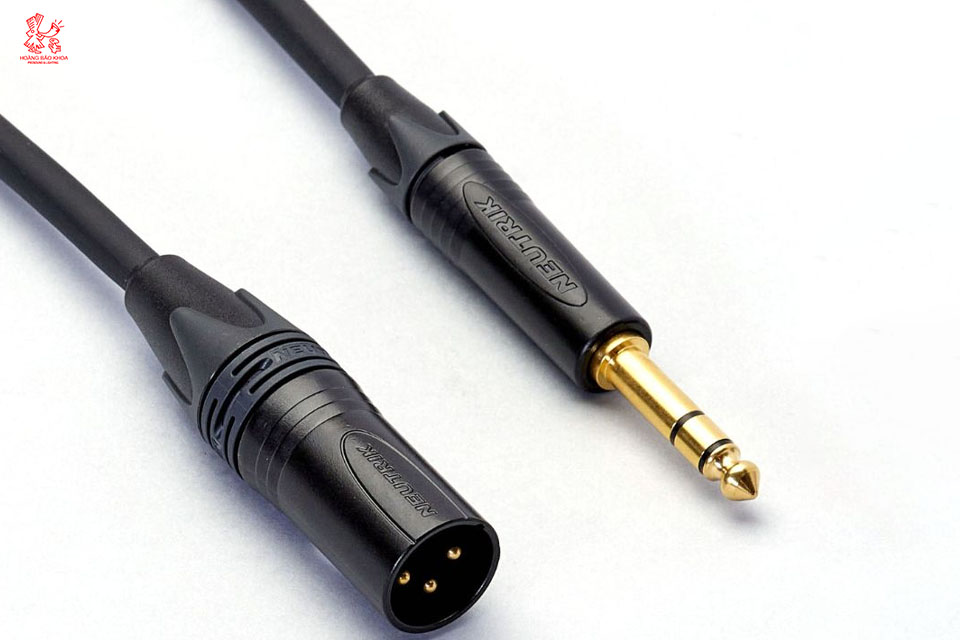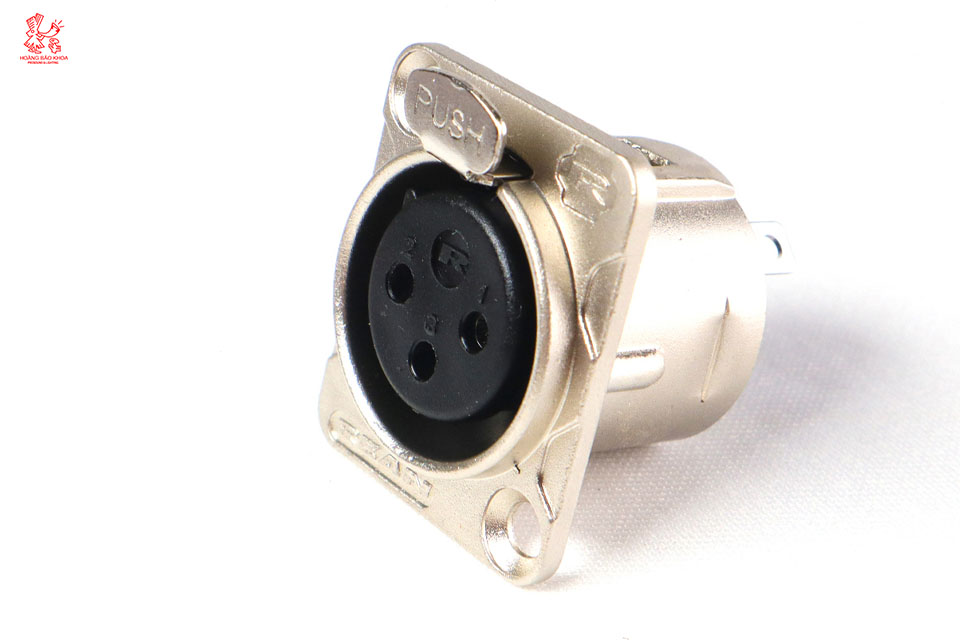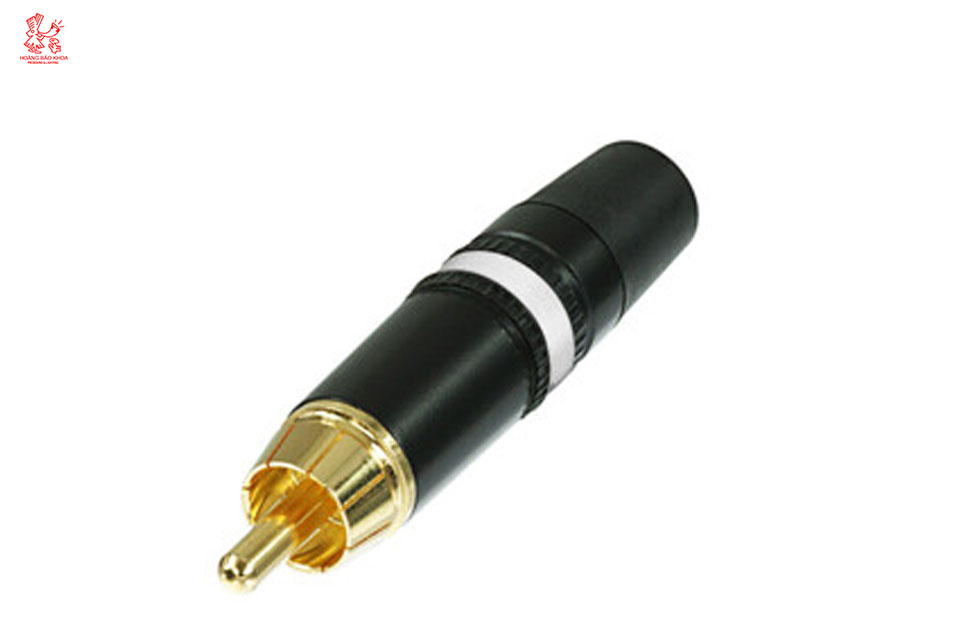There are dozens of types of audio jacks on the market, but not all of them are suitable for home studios. Choosing the right type of jack not only ensures clean and stable sound transmission but also prevents noise and distortion during recording or mixing. Let’s take a look at the 4 most common types of jacks in a studio: TS, TRS, XLR, and RCA with Hoang Bao Khoa.
Setting Up a Home Studio? Don’t Overlook Audio Connectors
When building a home studio, many focus on microphones, soundcards, and monitor speakers, but forget that audio connectors play a crucial role in signal quality. Using the wrong type of connector can result in signal loss, interference, humming, grounding issues, or even long-term damage to your gear.
Selecting the right connector type – TS, TRS, XLR, or RCA – ensures stable system performance, clean signal transmission, and easier maintenance.
TS Connector – Unbalanced Mono Signal
Characteristics:
- TS (6.35mm mono plug) = Tip – Sleeve, only 2 contact points
- Looks similar to a TRS plug but lacks the ring. Transmits unbalanced mono signals
.jpg)
Applications:
- Commonly used for instruments with 1/4-inch outputs
- Suitable for short signal paths with low interference
Usage Tips:
- Use TS to TS cables for mono instruments
- Avoid using TS cables for long runs or in high-interference environments
TRS Connector – Balanced Option for Analog Signals
Characteristics:
- TRS (6.35mm stereo plug) = Tip – Ring – Sleeve (3 contact points)
- Similar to 6.3mm headphone jacks but used for balanced mono or unbalanced stereo signals

Applications:
- Connect soundcards to monitor speakers, outboard gear, and mixers
- Best for balanced signal paths in environments with lots of electronic gear
Usage Tips:
- Use TRS to TRS cables for balanced line connections
- Use TRS to XLR(M) cables to send signal from soundcard to speakers
XLR Connector – The Professional Standard
Characteristics:
- 3-pin design (XLR male/female), typically used for microphones
- Balanced signal with long-distance, noise-resistant performance

Applications:
- Used with condenser mics, preamps, compressors, and mixers
- Handles high-quality analog audio transmission in studio environments
Usage Tips:
- Use XLR to XLR cables for mic-to-preamp connections
- Use XLR to TRS cables to connect soundcards with outboard gear
RCA Connector – Simple, Consumer-Friendly Option
Characteristics:
- Unbalanced signal, typically color-coded red and white
- More prone to interference compared to TRS/XLR over long distances

Applications:
- Used to connect media players, CD decks, cassette decks, vintage gear, or consumer mixers
- Ideal for basic setups that don’t require long cable runs
Usage Tips:
- Use RCA to RCA or RCA to XLR cables as required
- Stick to short, high-quality RCA cables to avoid interference
Summary: Choosing Connectors Based on Purpose and Equipment
| Connector Type |
Main Advantages |
Home Studio Applications |
| TS |
Simple and commonly used for instruments |
Connects instruments to head amps, combo amps, preamps, DI boxes |
| TRS |
Balanced signal, great noise rejection |
Monitor speakers, soundcards, outboard gear |
| XLR |
Professional standard, clean audio signal |
Condenser mics, preamps, mixers |
| RCA |
Easy to use, widely found in consumer gear |
Media players, consumer mixers, karaoke processors, vintage gear |
Where to Buy Genuine Audio Connectors for Home Studios?
At Hoàng Bảo Khoa, you’ll find a wide selection of TS, TRS, XLR, and RCA connectors from trusted brands like Behringer, Rean, and Neutrik. These are purpose-built for studio and stage use, offering reliable signal transmission, long-term durability, and full compatibility with professional equipment.